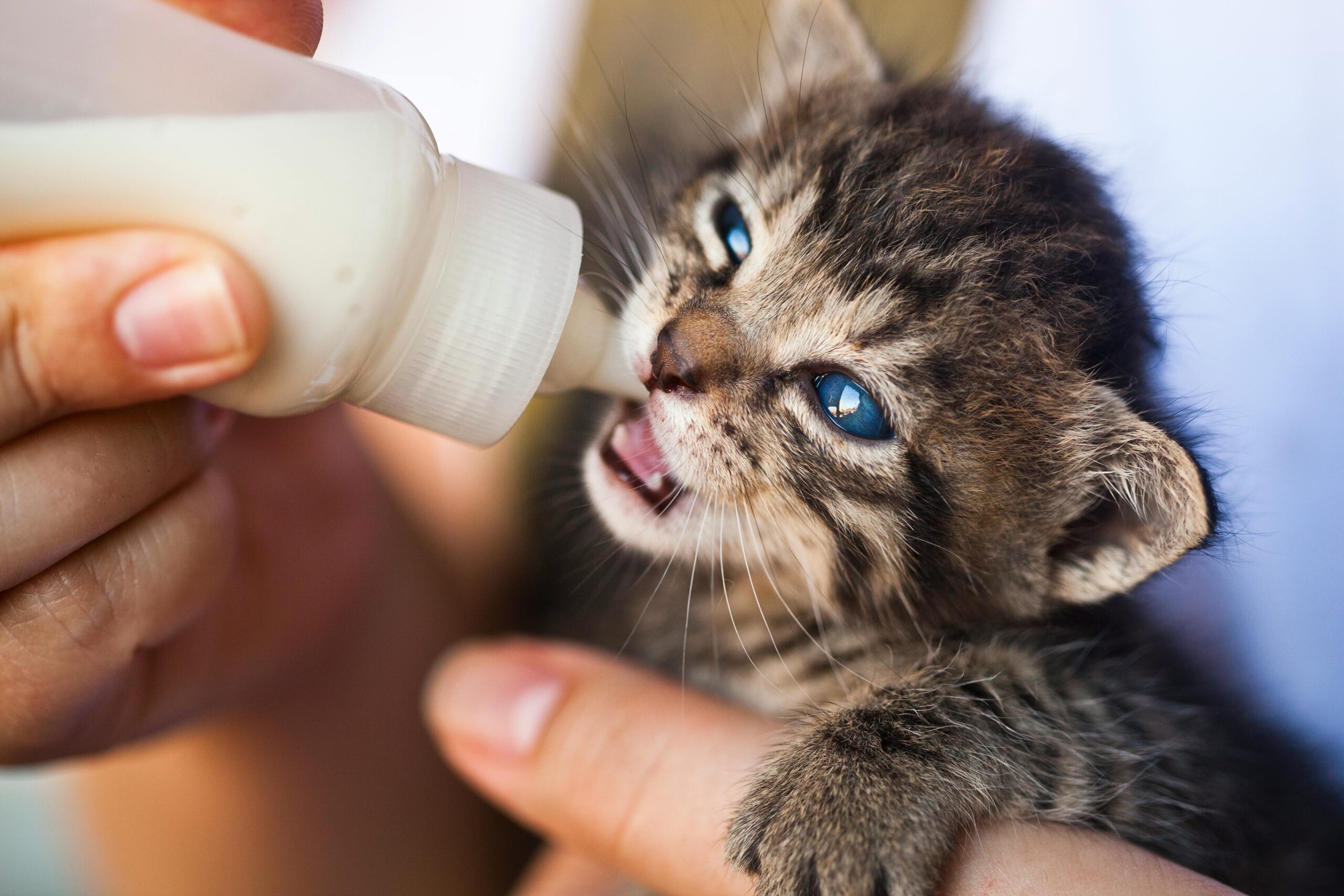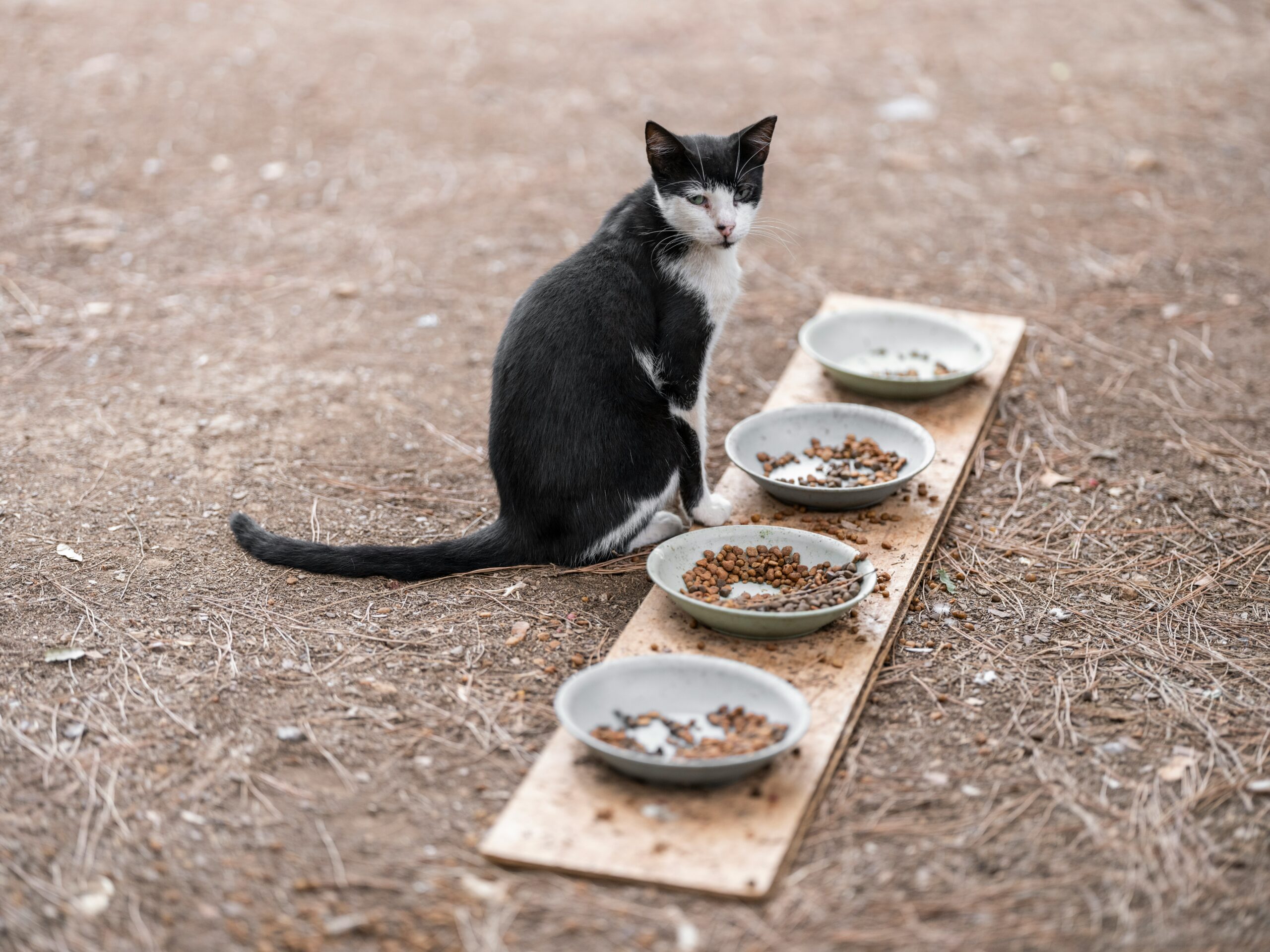What to Feed Kittens From Birth to Adulthood

What to Feed Kittens From Birth to Adulthood: A Complete Guide
Feeding your kitten properly from birth to adulthood is essential to their health, growth, and overall well-being. Kittens have different nutritional needs at various stages of their development, and understanding these needs will help them thrive as they grow into healthy adult cats. This guide will walk you through every stage of a kitten’s life, from the newborn phase all the way to adulthood, providing you with the information you need to ensure your kitten gets the right nutrition.
Stage 1: Newborn Kittens (Birth to 4 Weeks)
During the first few weeks of life, kittens are completely dependent on their mother for survival. Their nutritional requirements are fulfilled exclusively through nursing.
1. Mother’s Milk: The Ideal Nutrition
- Why It’s Important: Mother’s milk provides all the essential nutrients, antibodies, and hydration that newborn kittens need. The first milk, called colostrum, is rich in antibodies that help build the kitten’s immune system.
- Feeding Frequency: Newborn kittens nurse every 2-3 hours during the first week and gradually decrease as they grow.
- Growth Indicators: Healthy newborn kittens should steadily gain weight, usually doubling their birth weight by the end of the first week.
2. Kitten Milk Replacer (If Mother’s Milk Is Unavailable)
- Formula Choice: If the mother cat is not present, or unable to nurse, you’ll need to bottle-feed the kittens with a kitten-specific milk replacer. Never use cow’s milk, as it can cause digestive upset.
- Feeding Schedule: Bottle-feed newborn kittens every 2-3 hours. Make sure the milk is warm and the bottles are sterilized.
- Feeding Technique: Hold the kitten upright while feeding to avoid aspiration (milk entering the lungs). After feeding, gently stimulate the kitten’s genital area with a damp cloth to encourage urination and defecation.
Stage 2: The Transition Period (4 to 8 Weeks)
Between 4 to 8 weeks, kittens begin transitioning from nursing to solid food. This period is known as the weaning stage, and it’s a crucial time for introducing new textures and flavors.
1. Gradual Introduction to Solid Food
- What to Feed: Start introducing wet kitten food or a mix of wet food and formula to create a gruel-like consistency. Dry kitten food can also be introduced, but it should be moistened with water or formula.
- How to Feed: Offer small amounts of food in a shallow dish. Kittens may not understand how to eat it at first, so be patient and encourage them to try.
- Feeding Frequency: During the transition, continue feeding the kittens every 4-6 hours while gradually decreasing bottle-feeding.
2. Litter Training and Water Introduction
- Water Access: Around this time, kittens should start drinking water. Ensure fresh water is available at all times, especially when feeding dry food.
- Litter Training: As kittens begin exploring their environment, introduce them to a shallow litter box. Most kittens instinctively start using it, but positive reinforcement can help the process.
Stage 3: Growing Kittens (8 Weeks to 6 Months)
By 8 weeks, kittens should be fully weaned and eating solid food. This period is marked by rapid growth and development, and their diet should reflect that.
1. Kitten-Specific Diet
- Why Kitten Food: Kittens require more protein, fat, and calories than adult cats to support their rapid growth. Kitten food is specially formulated with these higher nutritional levels.
- Wet vs. Dry Food: Both wet and dry kitten food can be fed at this stage. Wet food provides hydration and is easier for kittens to chew, while dry food can help with dental health.
- Feeding Schedule: Feed your kitten 3-4 small meals per day. Kittens have small stomachs and high energy needs, so frequent feeding is necessary.
2. Nutritional Requirements
- High Protein: Kittens need a diet that’s at least 30-40% protein to support their muscle and tissue growth.
- Essential Fats: Fats are important for brain development and energy. Look for kitten food with healthy fat sources like chicken fat or fish oil.
- Vitamins and Minerals: Ensure the food is rich in essential vitamins and minerals, including taurine (important for heart and eye health), calcium (for bone development), and omega fatty acids (for coat and skin health).
Stage 4: Pre-Adolescence (6 Months to 12 Months)
During this phase, your kitten is still growing but at a slower rate than the early months. Their energy needs remain high, but it’s also important to monitor their food intake to prevent overeating.
1. Maintaining a Balanced Diet
- Kitten Food: Continue feeding a high-quality kitten-specific diet. Their food should provide a balance of proteins, fats, and carbohydrates to sustain their energy and support continued development.
- Portion Control: Around 6 months, you can start reducing the frequency of meals to 2-3 times per day, ensuring that your kitten is receiving the appropriate amount of calories for their size and activity level.
2. Hydration and Dental Health
- Water: Always ensure fresh water is available, especially if your kitten is primarily eating dry food.
- Dental Care: Dry food can help reduce plaque buildup, but it’s a good idea to start introducing dental care habits, such as brushing your kitten’s teeth or using dental treats designed for kittens.
Stage 5: Transition to Adulthood (12 Months and Beyond)
By the time your kitten reaches 12 months of age, they are considered an adult cat. Their nutritional needs will shift, and it’s time to transition to an adult cat food formula.
1. Switching to Adult Cat Food
- Gradual Transition: Switch from kitten food to adult cat food gradually over 7-10 days to prevent digestive issues. Start by mixing a small amount of adult food with kitten food, and slowly increase the ratio of adult food over time.
- Why the Switch: Adult cats have lower caloric needs than kittens. Continuing to feed kitten food into adulthood can lead to obesity. Adult cat food is designed to provide balanced nutrition for maintenance rather than growth.
- Feeding Schedule: Most adult cats do well with 2 meals per day, but this can vary depending on their activity level and metabolism.
2. Nutritional Considerations for Adult Cats
- Protein Needs: While adult cats need less protein than kittens, it’s still important to feed a high-quality diet with sufficient protein (about 25-30%).
- Weight Management: Keep an eye on your cat’s weight and adjust their portions as necessary. If your cat is spayed or neutered, they may have a slower metabolism and require fewer calories.
Important Nutritional Tips for All Stages
1. Avoiding Harmful Foods
- No Human Food: Human foods such as chocolate, onions, garlic, grapes, and dairy products can be toxic to cats. Always keep harmful foods out of reach and stick to specially formulated cat diets.
- No Raw Food: While some advocate for raw feeding, raw diets can pose health risks due to bacteria and parasites. Consult your vet before considering any raw food diet.
2. Veterinary Guidance
- Regular Checkups: Routine vet visits are essential to monitor your kitten’s growth and ensure they are getting the right nutrition. Your vet can recommend specific foods or supplements if needed.
3. Special Dietary Needs
- Allergies or Sensitivities: Some kittens may develop allergies or sensitivities to certain ingredients like grains or specific proteins. If you notice digestive upset, itching, or skin problems, consult your vet to adjust the diet accordingly.




